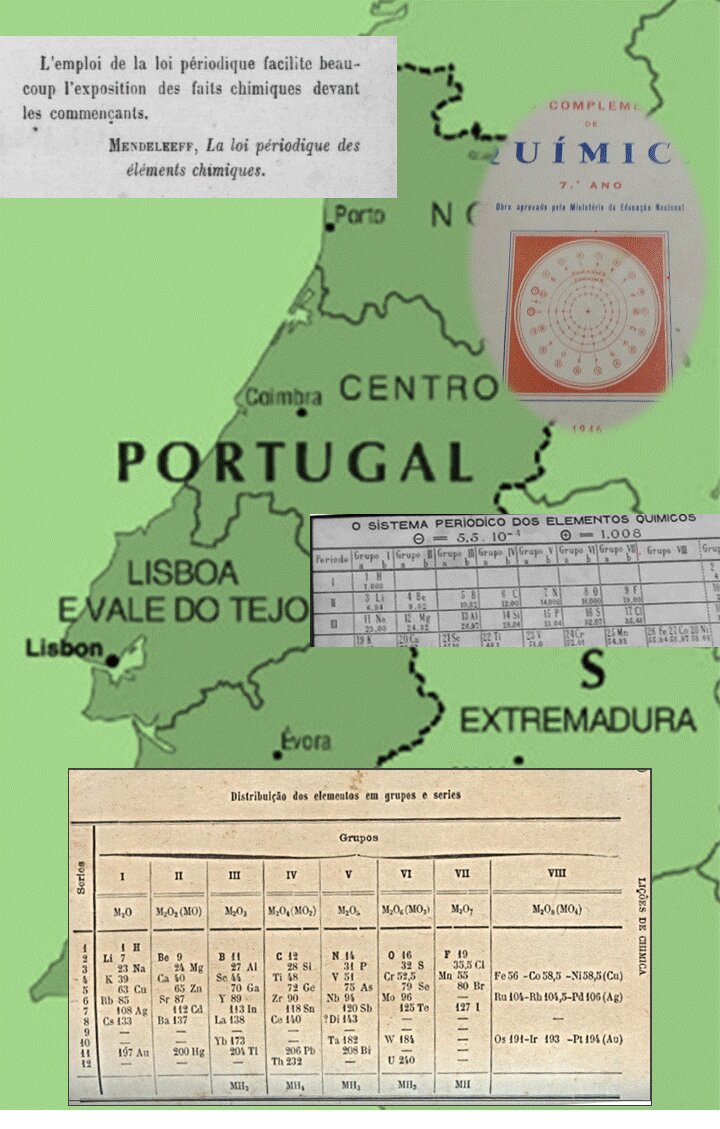Shaping the Periodic Classification in Portugal through (text)books and charts

Published 2019-12-06
Keywords
- Periodic classification,
- Mendeleev,
- Portugal,
- textbooks,
- charts
How to Cite
Abstract
In the current paper, we present an investigation carried out to map the reception and use of Mendeleev’s periodic classification in the Portuguese education system, from 1850 to 1975 while being confronted with other classifications. We present protagonists and documents to demonstrate the attention that the topic received. The research involved the identification of textbooks, programs and graphic presentations used in higher and secondary education levels within this time frame.
During the 1880s, Mendeleev’s classification appears in higher-level (text)books and programs. Secondary school textbooks however remained faithful to earlier classifications for some more decades, with the exception of the first occurrence found in a textbook for advanced high school in 1906. It does not seem that the periodic system was integrated in the official secondary programs before 1938.
The oldest use of periodic charts seems to be from after 1891 at the University of Coimbra, the oldest surviving one dating back to the second quarter of the twentieth century. The periodic table wall charts seem to have entered the secondary classroom in Portugal by the 1960s.
This survey of the use of the Periodic System in Portugal demonstrates how the different context of reception have shaped its introduction in the educational system of what we now regard as the indispensable tool for chemistry. While there was relatively little scientific debate on the periodic law and system, as far as it was found, Mendeleev’s classification was appropriated at different speed and stages through textbooks and charts, responding to different pedagogical needs and usage.




